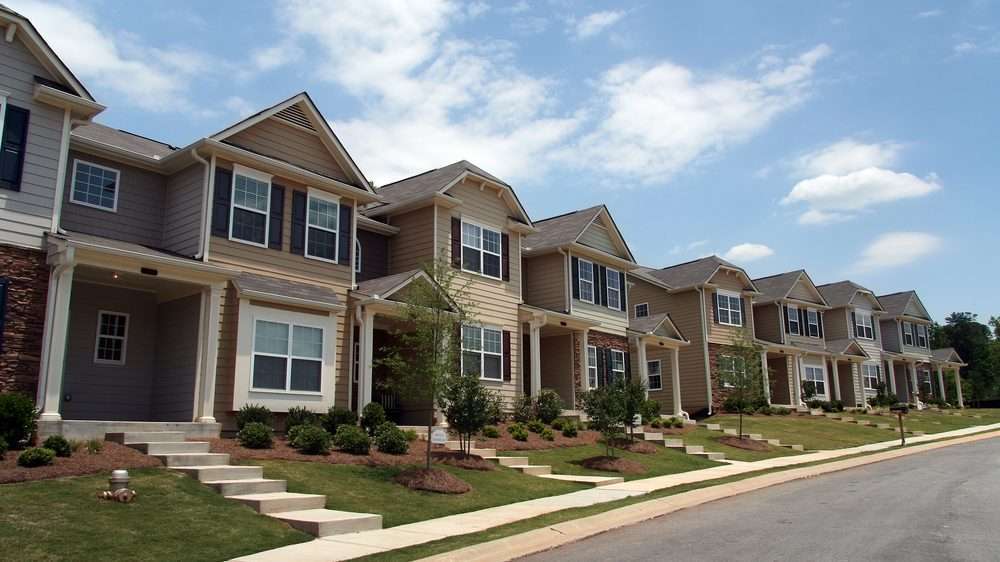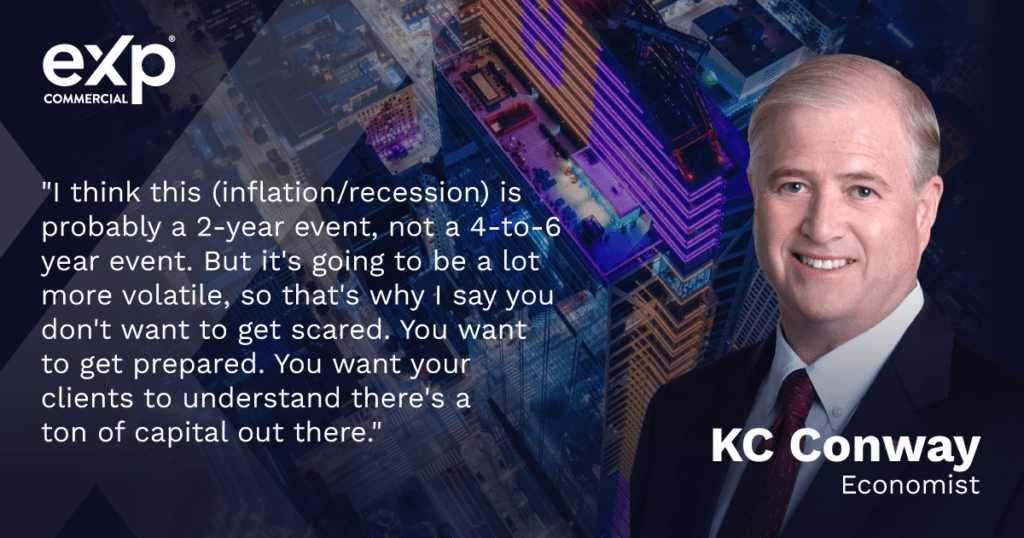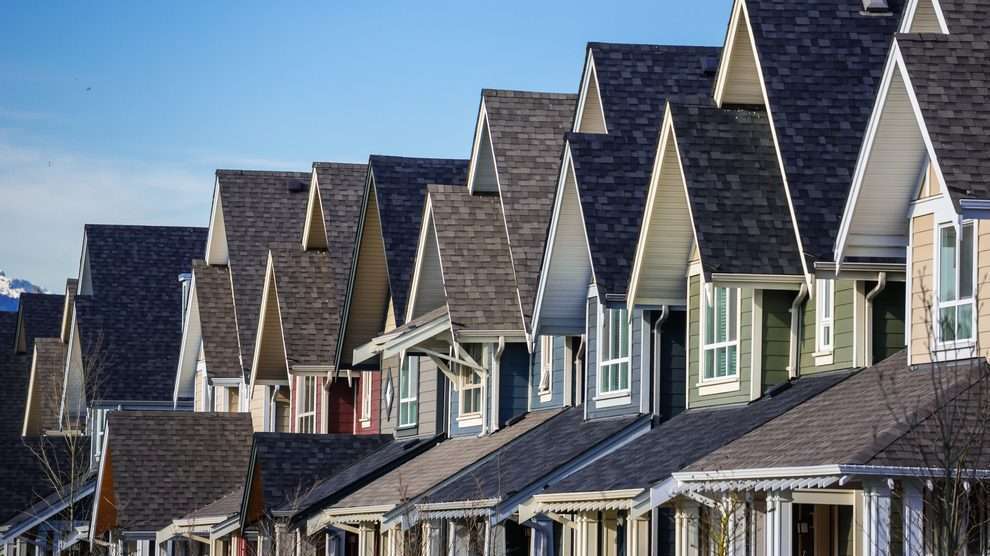
Rising mortgage rates. Faltering home sales. Skyrocketing rents. Here’s how to make sense of a baffling real estate market.
After a two-year boom, the United States housing market finds itself at a pivotal moment — but pivoting to what, exactly?
This spring should have been a busy time for home sellers. Instead, the season was a dud, stalled by a dramatic spike in mortgage rates that stunned even industry experts with its chilling effect on the market.
The frenzied environment we had become accustomed to — with its eye-popping price increases and bidding wars that left buyers dejected and sellers giddy — suddenly seemed to be a thing of the past. While buyers stood on the sidelines, recalculating their much larger mortgage payments, sellers began to realize that offers of $100,000 or more over asking might not be forthcoming.
And over in the rental market, it’s “The Hunger Games,” as rents skyrocket and would-be renters in cities across the country compete with dozens of other applicants.
“Right now, we’re in this cauldron of uncertainty,” said Jonathan J. Miller, the president of Miller Samuel Real Estate Appraisers & Consultants. “Housing hates uncertainty. The biggest enemy of the housing market is uncertainty, and we have buckets full of uncertainty.”
We asked analysts, economists, and brokers to offer some clarity in this confusing time. Did they see this moment coming — and if so, what’s ahead for us in the near future? What would they do if they had to buy, sell or rent right now?
What’s Going on with Interest Rates?
Unless you’re paying in cash, buying a home just got a lot more expensive.
Since December, mortgage rates have nearly doubled — rising to around 6 percent, the highest they’ve been since 2008 — in response to moves by the Federal Reserve to control inflation. In January, a buyer would have paid around $2,100 a month in principal and interest for a $500,000 home loan. Today, that same loan would cost about $2,900 a month.
Many buyers simply cannot absorb that kind of increase, particularly when it’s combined with current home prices, which rose more than 20 percent from May 2021 to May 2022, according to Zillow.
“That’s a one-two punch that a lot of buyers can’t overcome,” said Rick Sharga, an executive vice president of market intelligence at ATTOM, a real estate data company.
Experts aren’t anticipating that rates will return to the elevated levels of the 1970s and 1980s — they peaked at 18.4 percent in 1981 — but until inflation recedes, they will keep rising.
“When inflation peaks, mortgage rates will have peaked, and that’s really the key ingredient,” said Greg McBride, the chief financial analyst at Bankrate.com. “If we get more inflation numbers as we did a couple of weeks ago, there is no telling how high mortgage rates could go.”
Buyers weren’t the only ones caught off-guard by the rapid change. Many industry experts have had to recalibrate their predictions for the months ahead.
“I don’t think anybody on the planet expected them to double in six months,” Mr. Miller said. “That’s thrown a monkey wrench, another calculation, into the mix.”
“We all had rose-colored glasses when the vaccine was rolling out and it seemed like everything was going to get better,” said Daryl Fairweather, the chief economist at Redfin. “It turns out it’s a bit of a rougher ride reopening the economy and getting things back to normal.”
Can We Expect Home Prices to Fall?
Prices are unlikely to take a nosedive, but cracks are showing. In the four-week period ending June 26, the median asking price for newly listed homes was down 1.5 percent from its all-time high this spring, and, on average, 6.5 percent of listings dropped their prices each week, according to a Redfin report.
Demand is down, too. The same Redfin report found that fewer people were searching Google for homes and asking to tour properties. Mortgage applications were down 24 percent, and pending sales fell 13 percent from the same time a year earlier, the largest drop since May 2020, according to Redfin.
“The long-term outlook is still quite strong,” Dr. Fairweather said. “But in the short-term, because of all the volatility in the economy, home prices might fall between now and next spring.”
At least for now, however, the days of double-digit percentage price increases are likely over. Markets like Tampa and Phoenix, which saw some of the biggest price increases, may take a hit, dropping by margins of 5 to 10 percent. Others may stay flat or see modest increases, like the 6.6 percent Realtor.com is projecting for 2022.
But prices are unlikely to collapse — in part, because inventory is still low, and there are more people who want homes than there are homes to buy. Although the inventory of active listings increased by almost 19 percent in June from a year ago, it is still down by 53.2 percent from 2019, according to Realtor.com.
“People waiting for home prices to fall are probably going to be disappointed,” Mr. Sharga said. “This is not 2008 all over again — we’re not looking at a housing bubble.”
To Buy or Not to Buy?
It’s still a seller’s market, whether it feels that way or not.
In May, the median price of a home in the United States passed $400,000 for the first time, according to the National Association of Realtors. And bidding wars accounted for 55 percent of home sales in the four-week period ending June 19, up from 53 a year earlier, according to Redfin.
But with so many mixed signals, buyers may want to wait out the summer or even the spring of next year.
“Most likely, prices aren’t going to be going up between now and then, and there is a chance that they’ll fall,” said Dr. Fairweather, who described the current moment as a hibernation. “It’s not good for Redfin’s business, but that is what’s happening.”
But if you need a home now — and you can stomach the roller coaster — the world is looking a little brighter when you squint. Yes, your monthly payments will be higher than they would have been had you bought a few months ago. But the low rates of 2020 and 2021 weren’t entirely your friend: They fueled a runaway train of spiraling home prices, pushing the boundaries of affordability. Soon, buyers may be in a better position than they have been in a long time.
Mr. Miller, who said he was “thrilled” to see rates rise, pointed out that “5 percent mortgage rates are not a bad thing in terms of sustainable housing markets.”
And remember: Rates fluctuate. Unlike the price you pay for a home, which is permanent, the mortgage rate is not. Or, as Mr. Sharga put it, you “date the rate, but marry the home.”
Not surprisingly, real estate agents, who earn their income from home sales, are bullish about buying now, arguing that for the first time in a long time, buyers could get a deal.
“You have to be a little bit of a cowgirl,” said Bess Freedman, the chief executive of Brown Harris Stevens, which predicted in its second-quarter market report that Manhattan was shifting to a buyer’s market. While one buyer may be scared off by the volatility, another “may come in and say, ‘You know what, there’s a hell of an opportunity right now. I have the money, I’m going to go in, I’m going to negotiate, I’m going to get a great price.’”
As the market cools, it could return to one that resembles a prepandemic normal, with homes that take a few months to sell and prices that increase gradually. Buyers may be able to start making a few reasonable demands — for appraisals, inspections and mortgage contingencies. And as inventory increases, they may even be able to compare a few options before making a decision.
“I’m hopeful we’re in a point right now where we’re in a return to sanity,” said Leonard Steinberg, a corporate broker at Compass. “Getting things to a normal pace — or a more sane-paced balance — is good for everyone.”
If You’re Thinking of Selling …
The time has come for sellers to reset their expectations. List your house today, and it is unlikely that 24 hours from now you will get to pluck an all-cash bid that’s $150,000 over list price from a sea of contingency-free offers.
“Those days are over,” said Lawrence Yun, the chief economist for the National Association of Realtors. “Don’t expect multiple offers.”
Your home may sit on the market for a few weeks and, if priced well, sell for around the asking price — which will be more than you would have gotten a year ago.
Those planning to sell in the next year would be better off doing it sooner rather than later. But if you can wait until the market settles into a new rhythm, you may have a better sense of what to expect two or three years from now.
“If you can wait, keep waiting until the weirdness that’s happening in the economy goes away,” Dr. Fairweather said. “The long-term outlook is rosier than the short-term outlook.”
And there’s another reason to wait: If you sell now and plan to buy, you may be trading a low mortgage rate for a higher one, and shopping in an unpredictable environment.
“We’re not talking about selling a stock where there is a desire to pick the absolute top. This is the place you live,” Mr. McBride said. “Worthy of at least equal consideration is where are you going to go?”
What if You Want to Rent?
Pick nearly any city across the country — Austin, Nashville, Seattle, New York — and the story is one of rents rising by double-digit percentages amid scant inventory.
Nationally, the vacancy rate is below 5 percent, with more than a dozen renters competing for any given vacant apartment, according to RentCafe. That translates to extraordinarily high rents. In Manhattan, the median rent reached a record $4,000 a month in May, according to data from Douglas Elliman. The same month, the typical U.S. asking rent passed $2,000 for the first time, according to Redfin.
The rental market has been on a wild ride since the spring of 2020, with no end in sight. Early in the pandemic, markets in cities like New York saw rents plunge, as residents left and vacancies soared. Concessions, including months of free rent, became the norm. But those discounts soon vanished, and rents in New York now eclipse 2019 levels. Other markets, like that in Miami, never experienced a sharp decline, as renters from other cities who were able to work remotely moved in.
“Everyone wanted more space, and a lot of people wanted their own space,” said Igor Popov, the chief economist for Apartment List. “Those renters all gobbled up the inventory at a time when it was really hard to build” and to buy.
As he put it, “It was this perfect storm of raging demand and tight inventory.”
With few good alternatives, renters who might have moved this year have decided to stay put: Almost 62 percent have renewed their leases, according to RentCafe. That means there is less available inventory in a market that has long suffered from a lack of new housing.
“A lot of renters feel like they’re on a very crowded subway car,” Mr. Popov said. “If you have a seat, you might be uncomfortable, but you’re not getting up.”
Joshua Clark, a senior economist at Zillow, said he is stunned by how fast rents have climbed: “There was a heating up, but the fact that we are at these numbers — I would have laughed at myself if I predicted that.”
The forecast does not look good for renters, in the short-term or the long-term. Rising mortgage rates will push some buyers out of the sales market, putting more pressure on the rental market. And as rents climb, even fewer people will move. With no relief in sight for the inventory shortage, renters have few options.
In New York City, Mr. Steinberg said, “I don’t see enough cranes. The best gauge for a city with rentals is: Are they building tall buildings with lots of apartments? I don’t see too many — it’s not enough.”
Economists predict that rents will continue climbing for the next two or three years, but not at the same clip. Push enough renters to the edge of affordability and they will double and triple up, or leave one market in search of a cheaper one.
“The breakneck pace that we were on in 2021 is just not sustainable,” Mr. Popov said. “We’re already starting to see renters respond to that in terms of more searches with roommates.”
So what should renters do? If you can renew your lease, even at a higher rent, the odds are that will be cheaper than moving. You could consider taking on roommates or looking at cheaper neighborhoods. But none of the options are pleasant, and no one has a crystal ball to predict what the future holds.
“The major X factor is going to be what is happening in the rest of the economy,” Mr. Popov said. “If we start to see major shifts in the economy, then all bets are off and we’re in a new world.”




